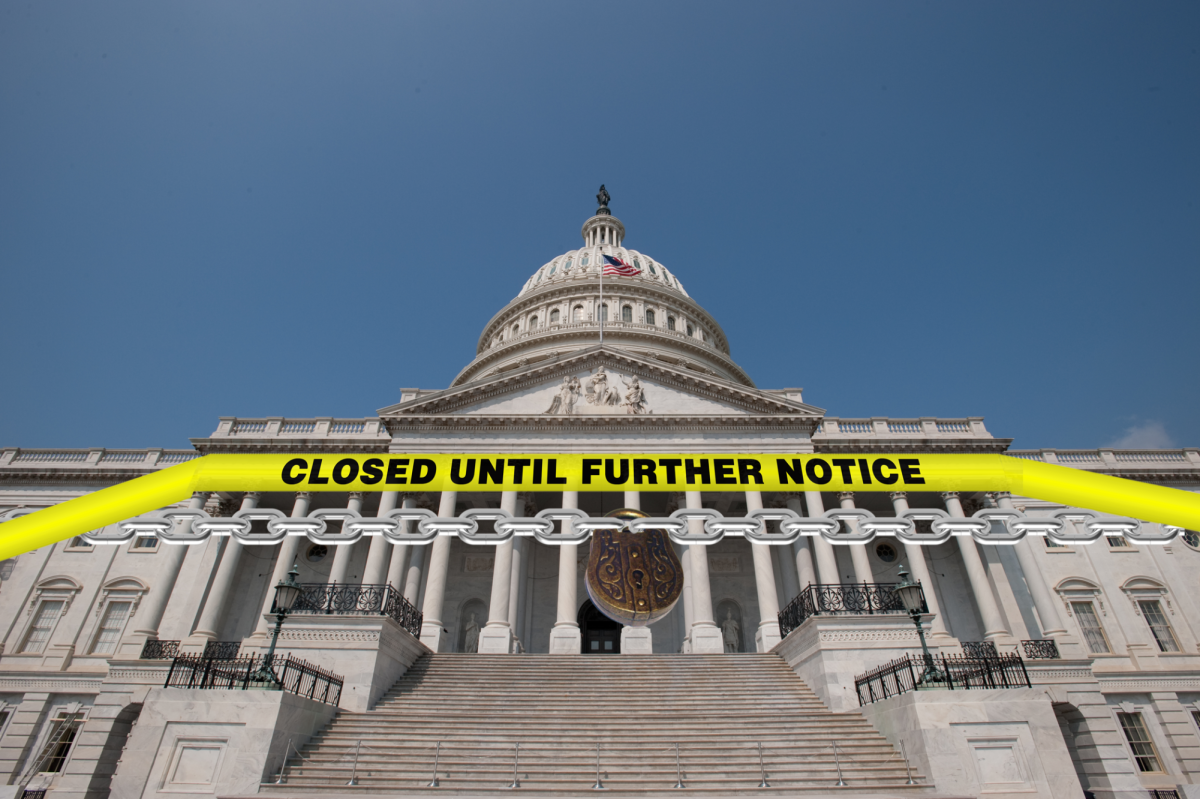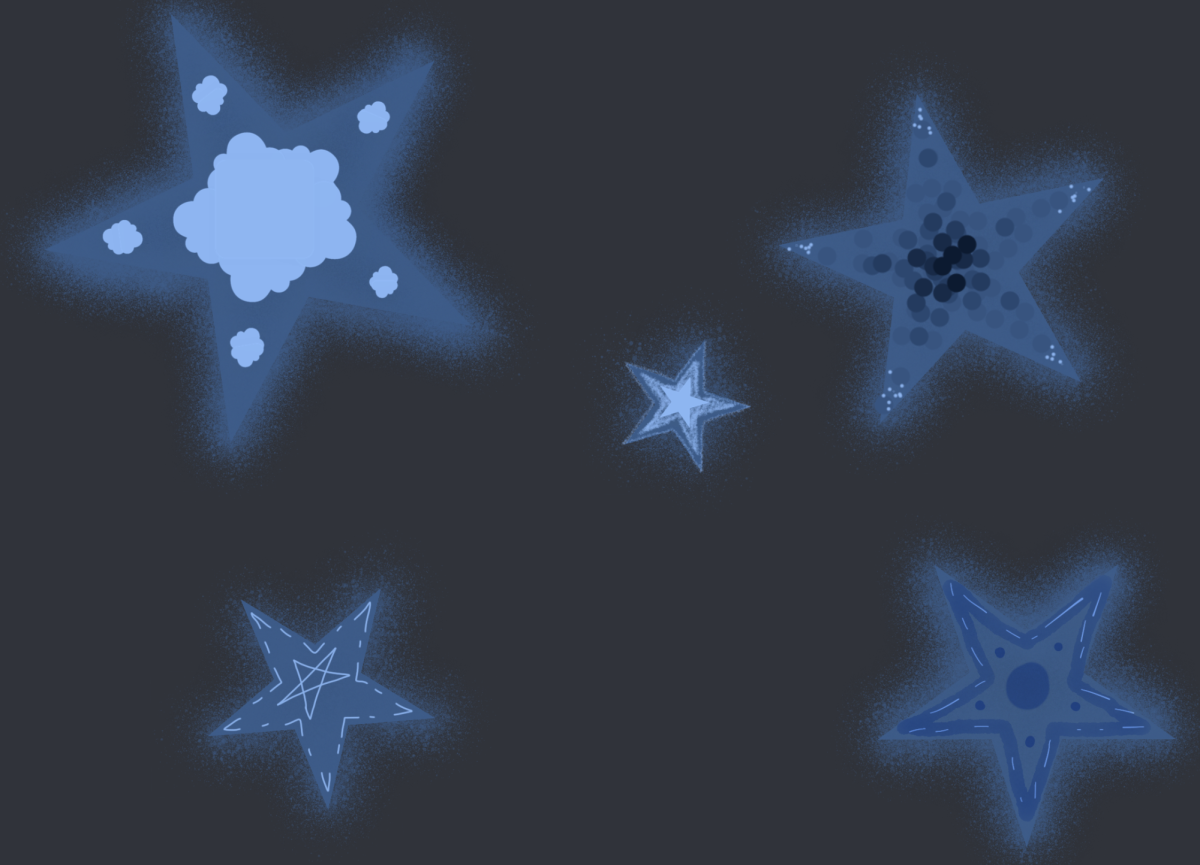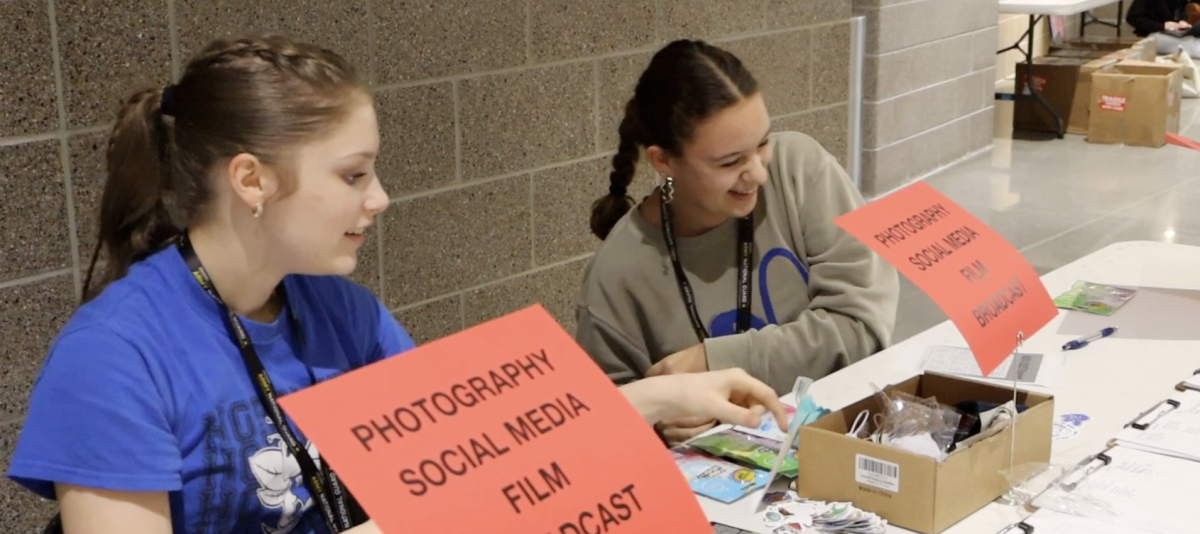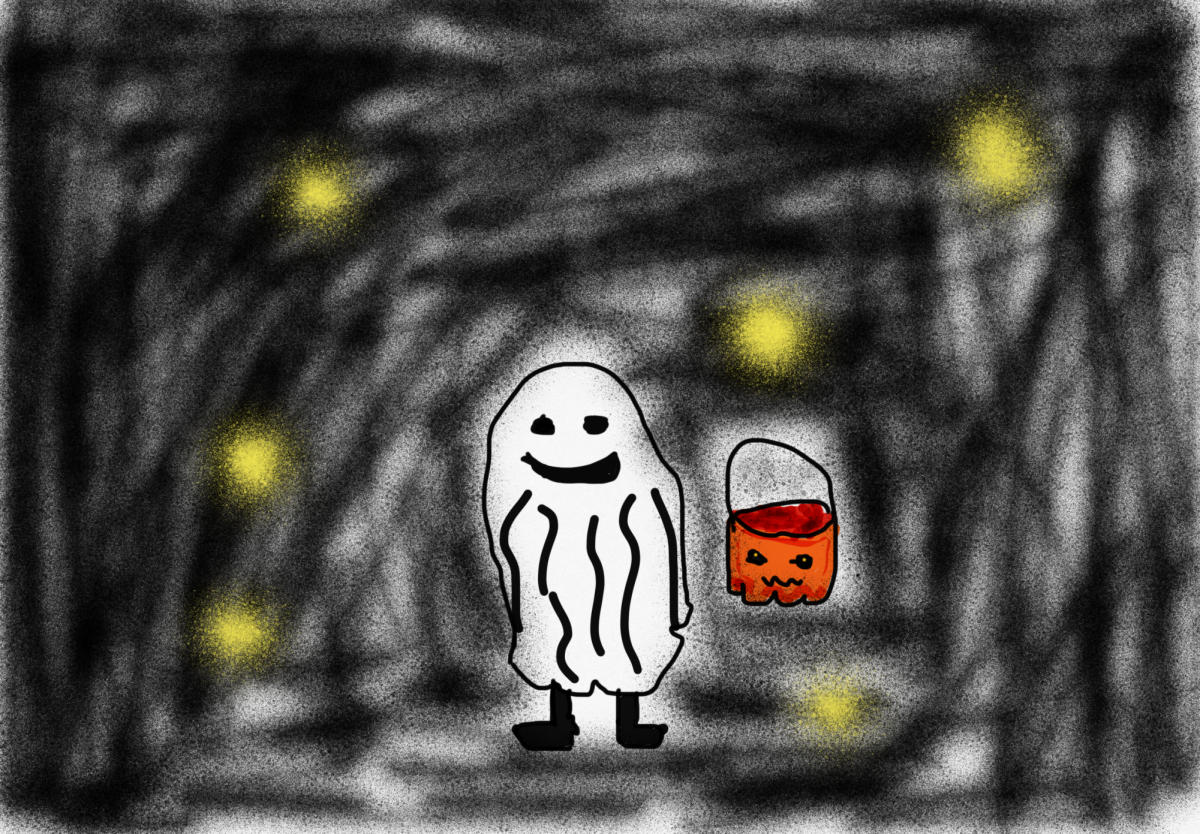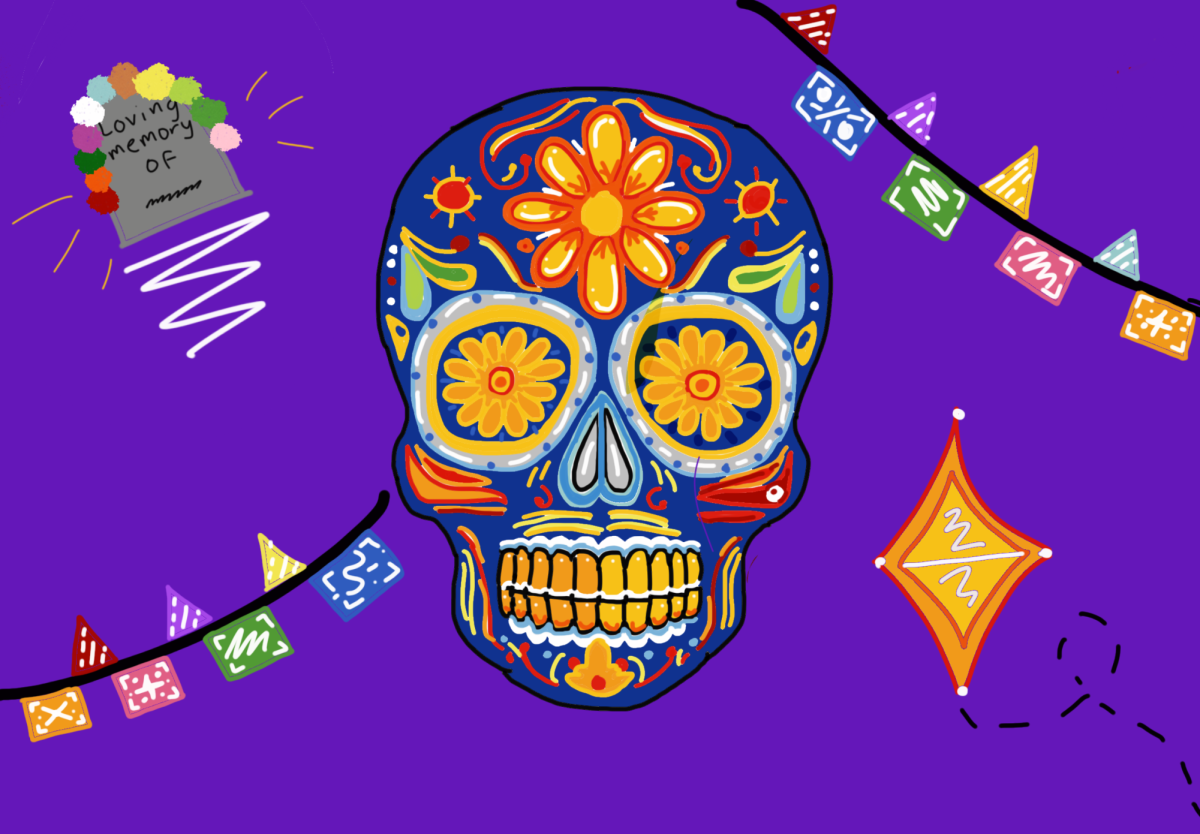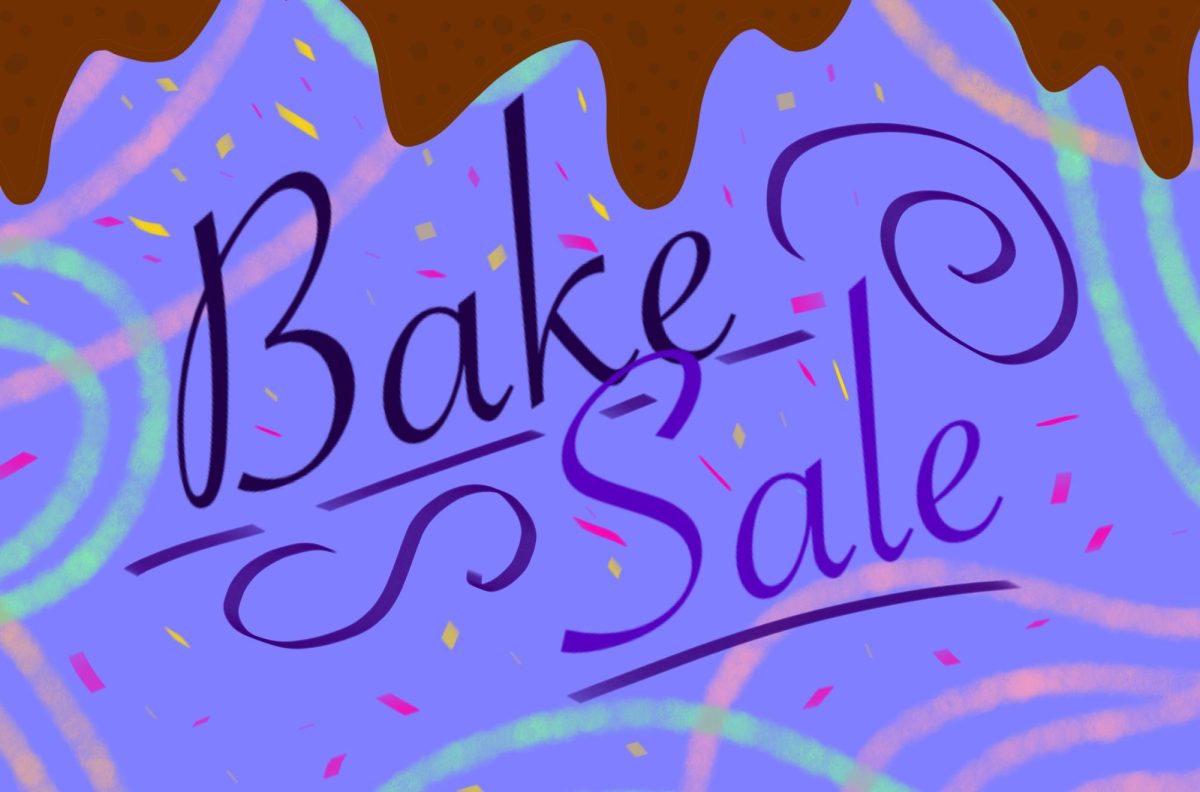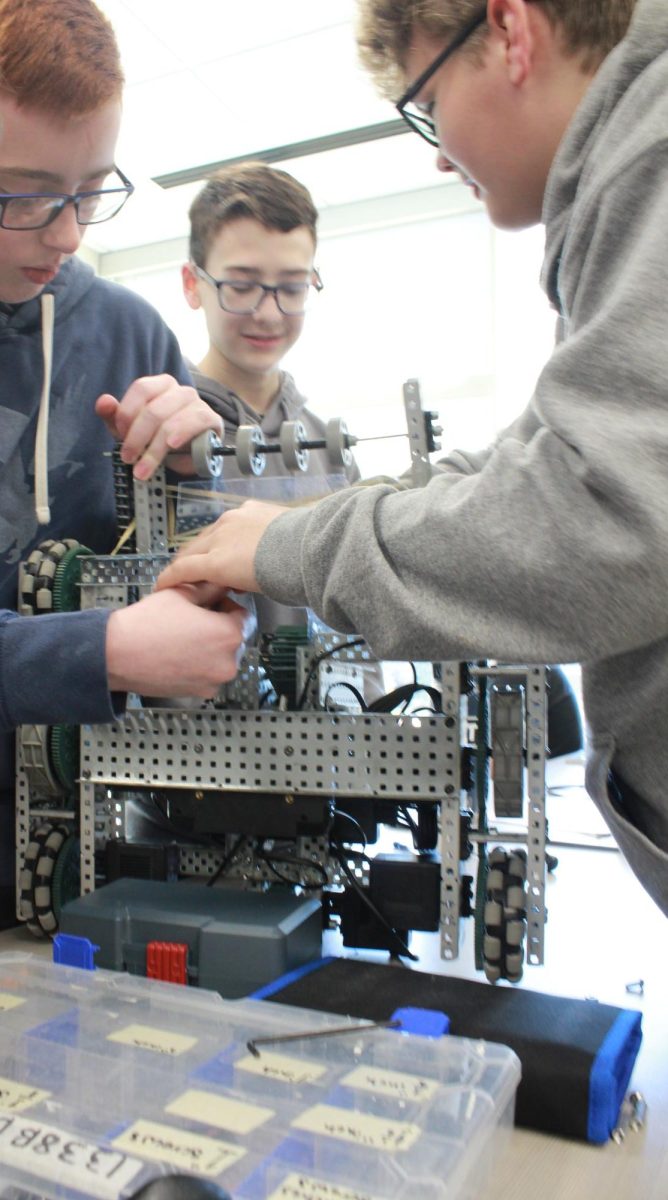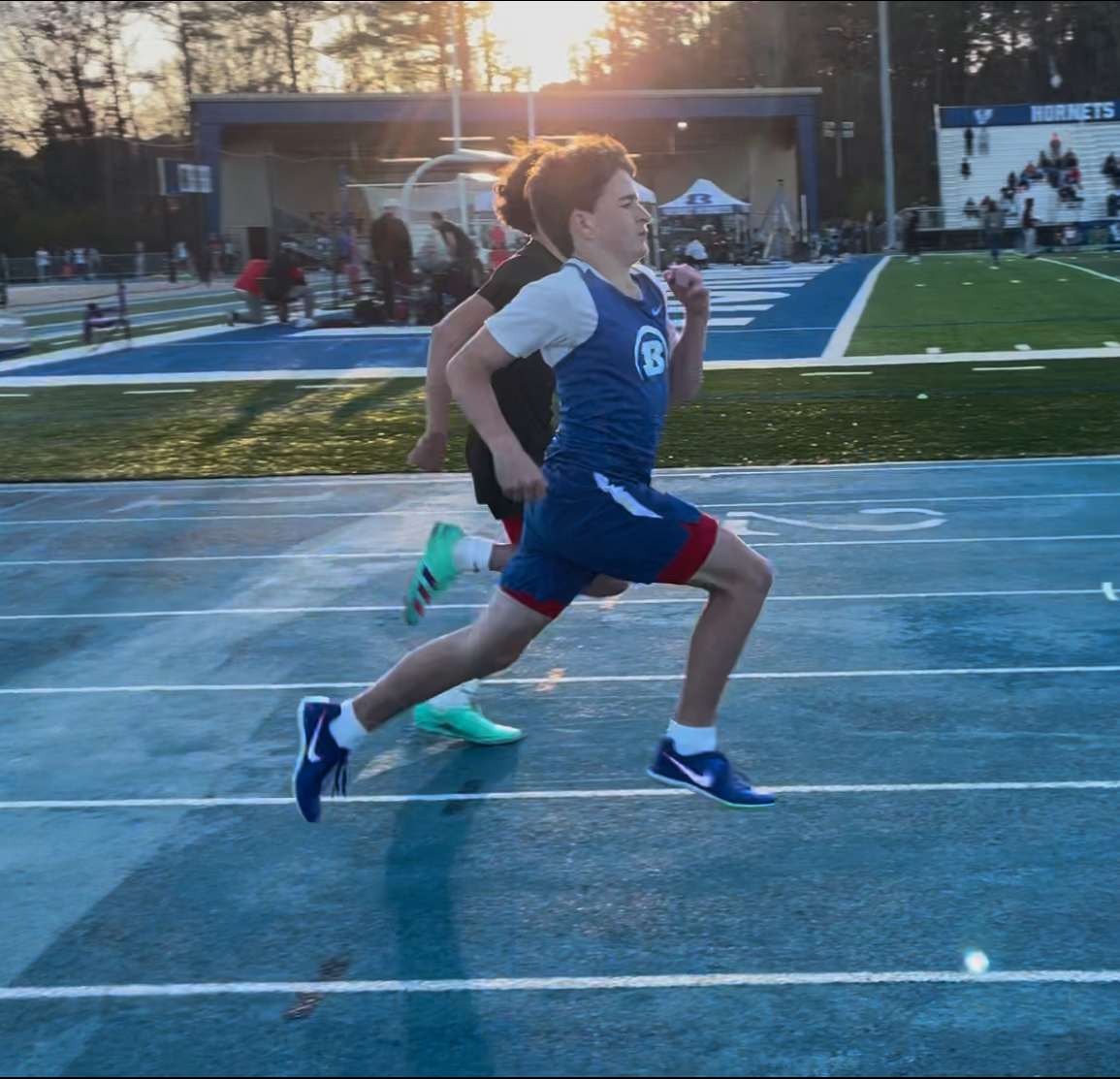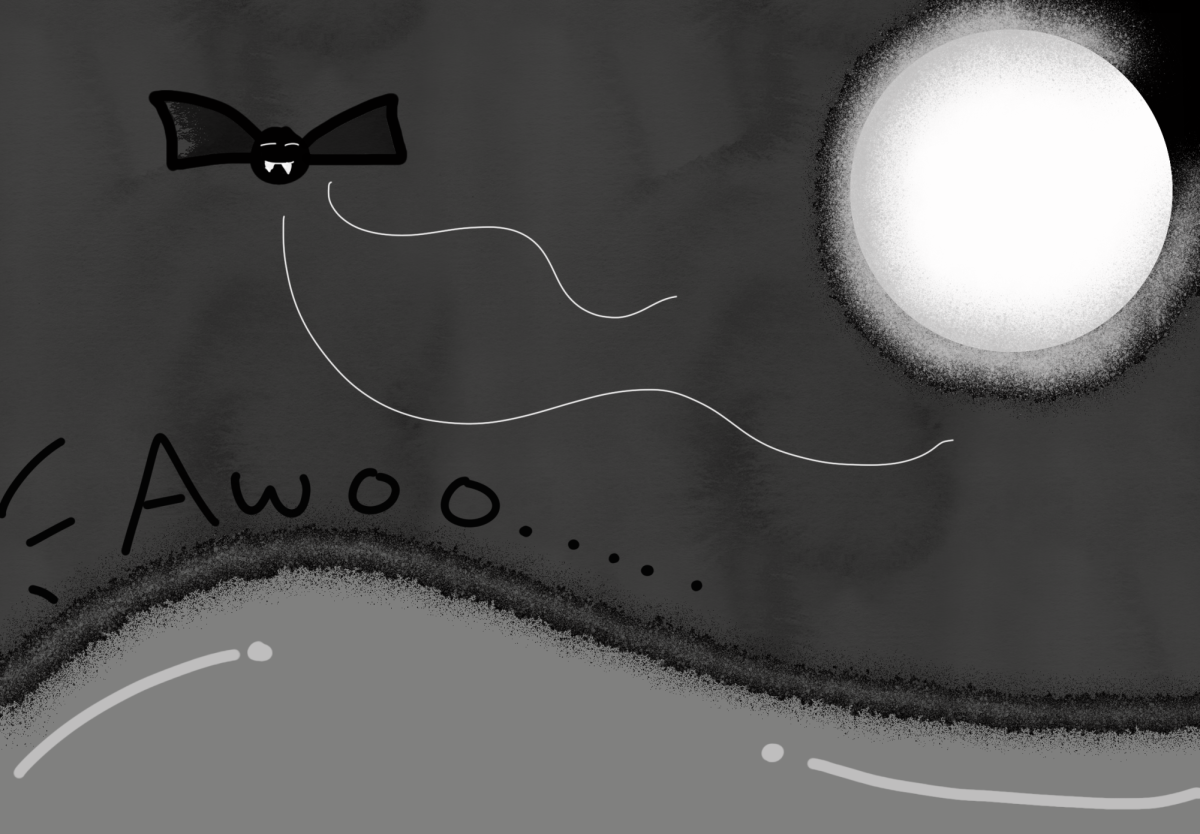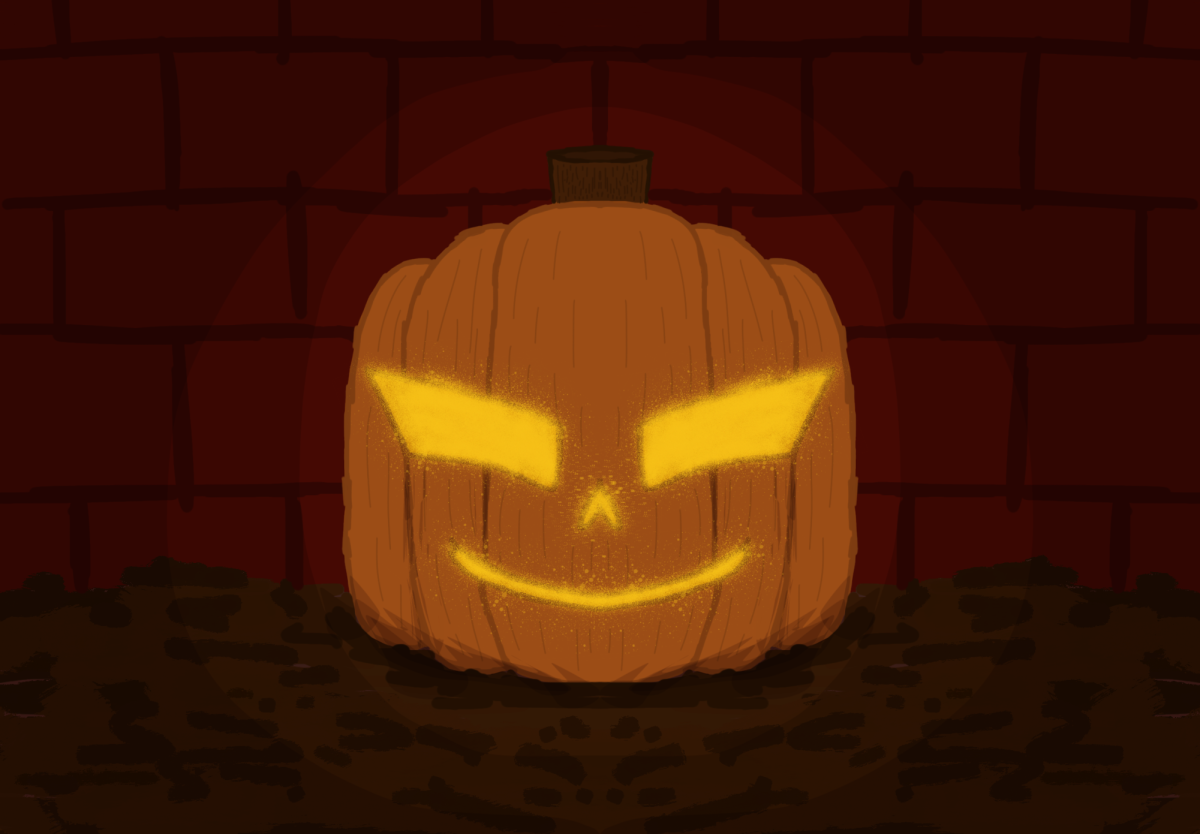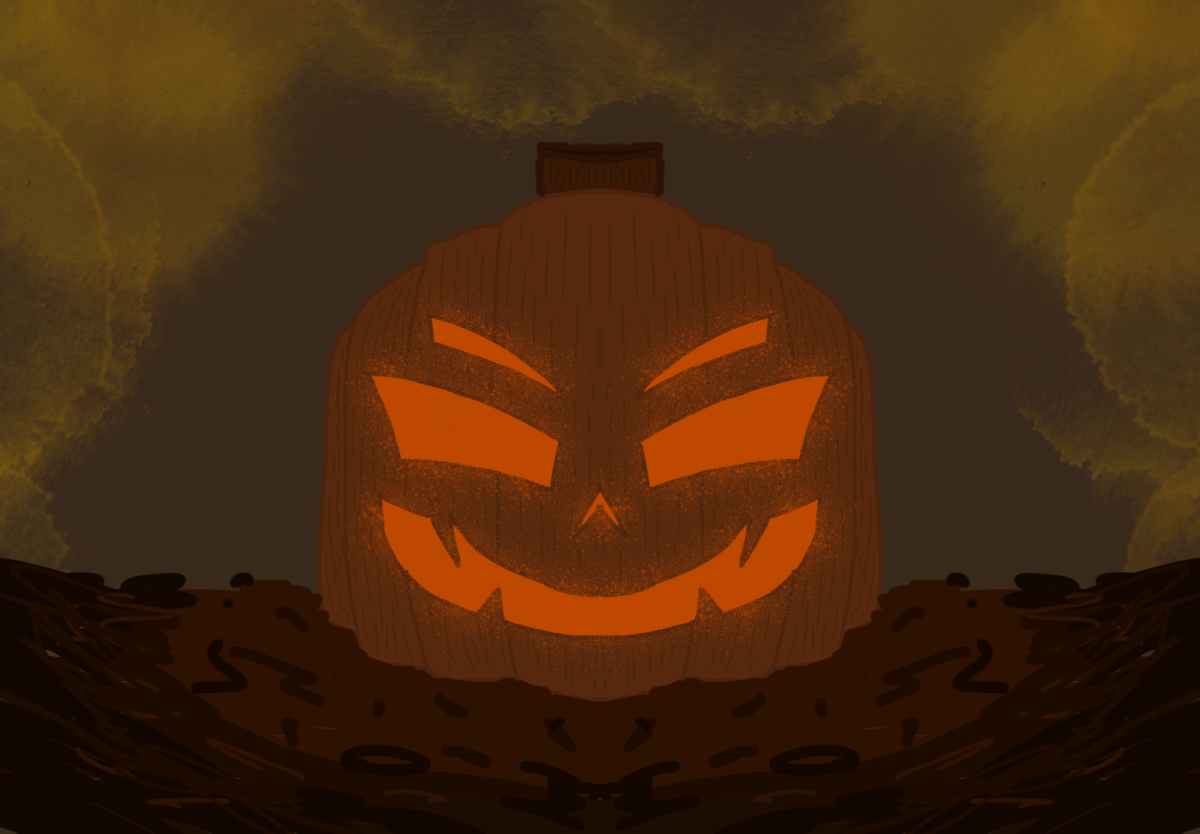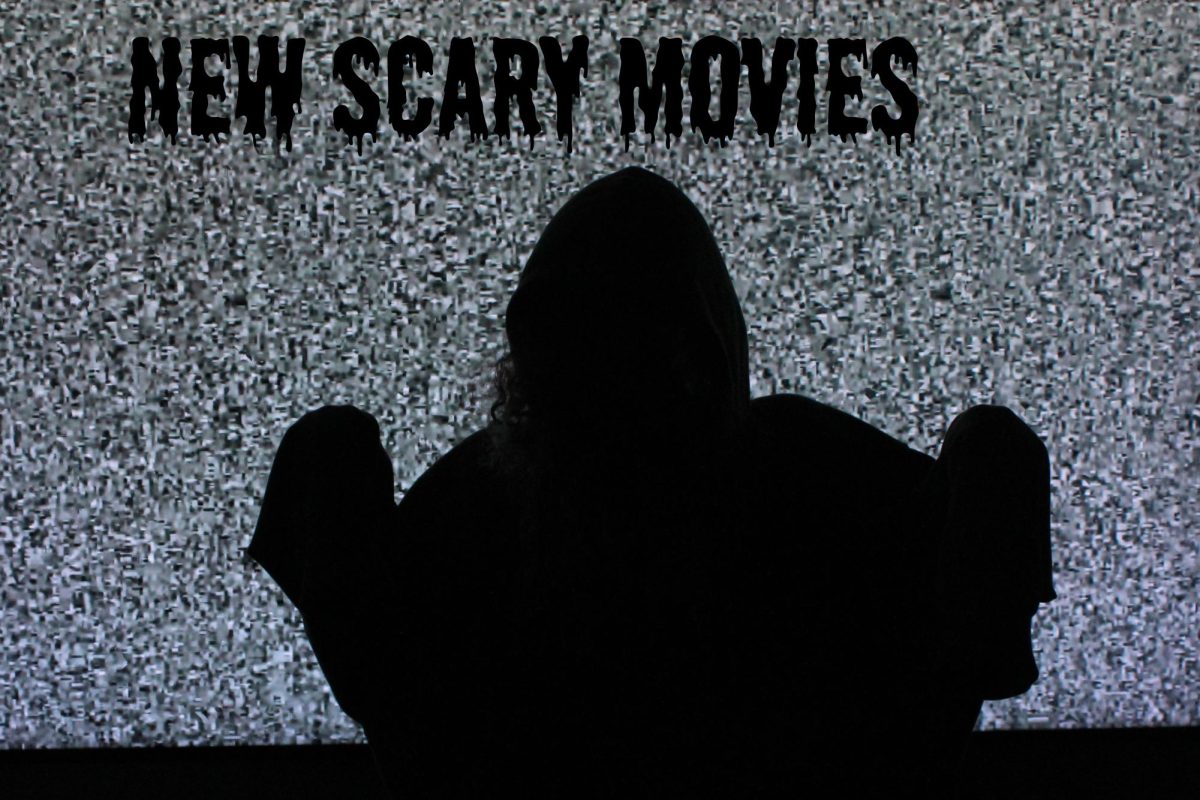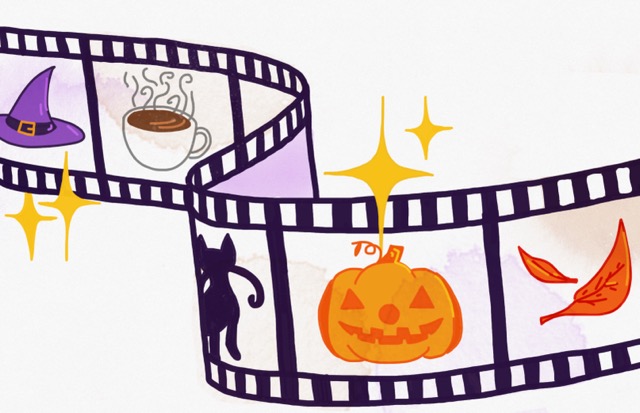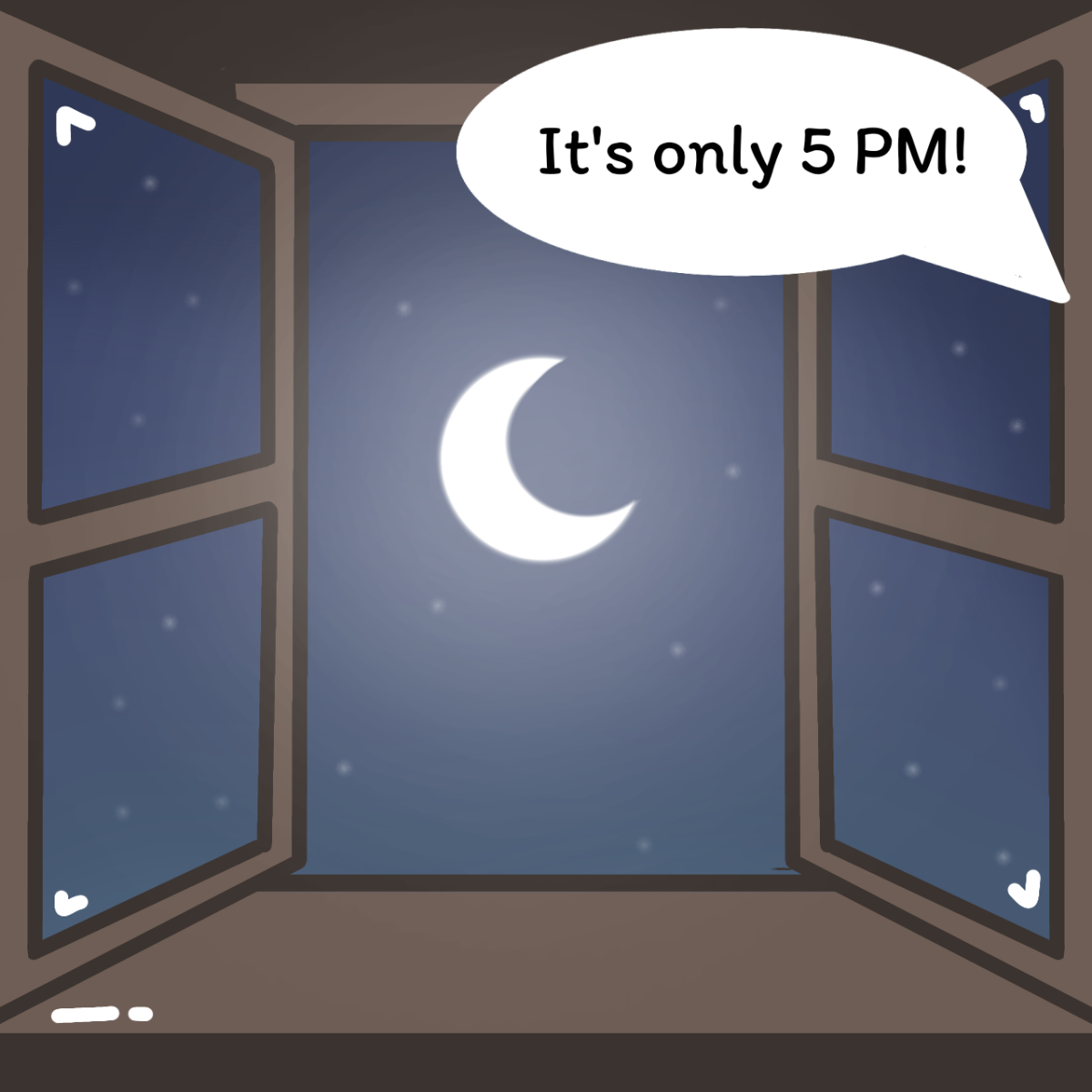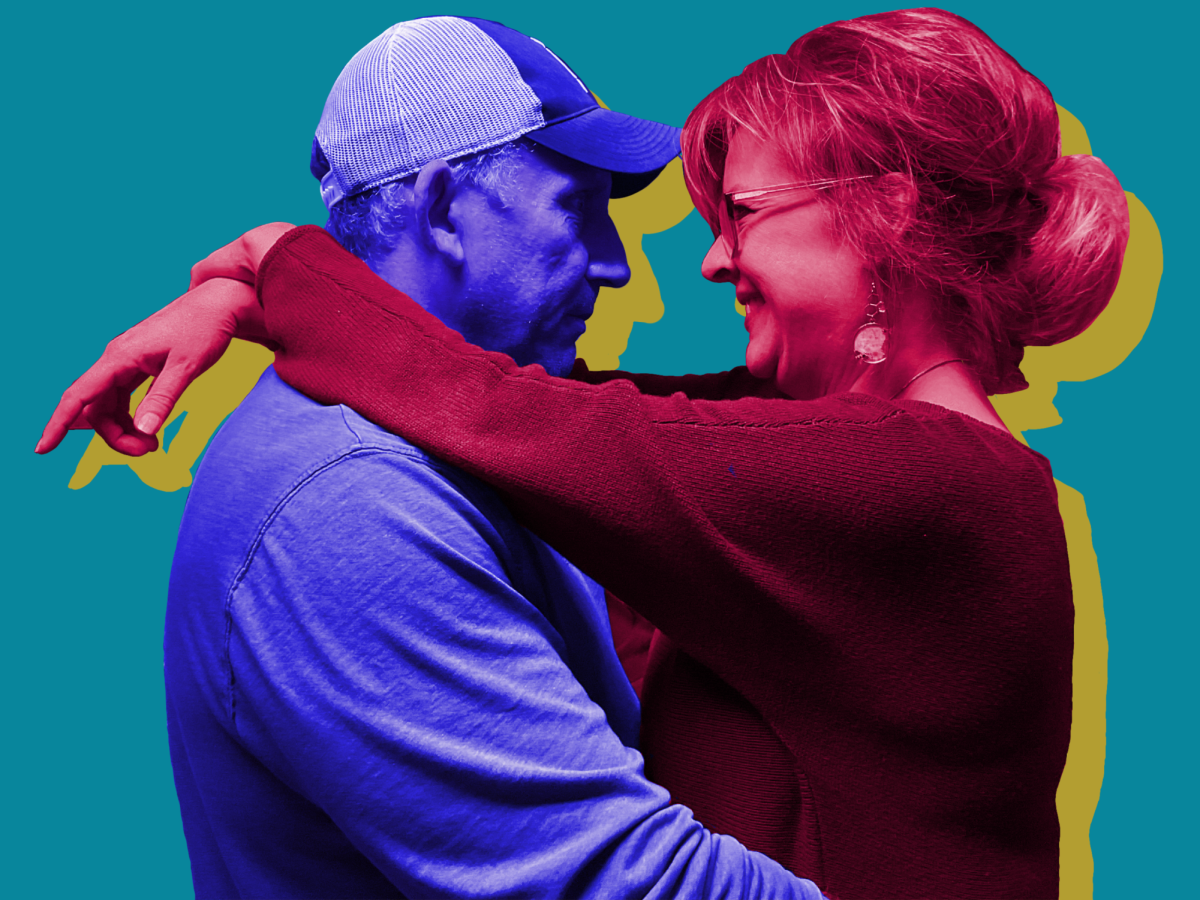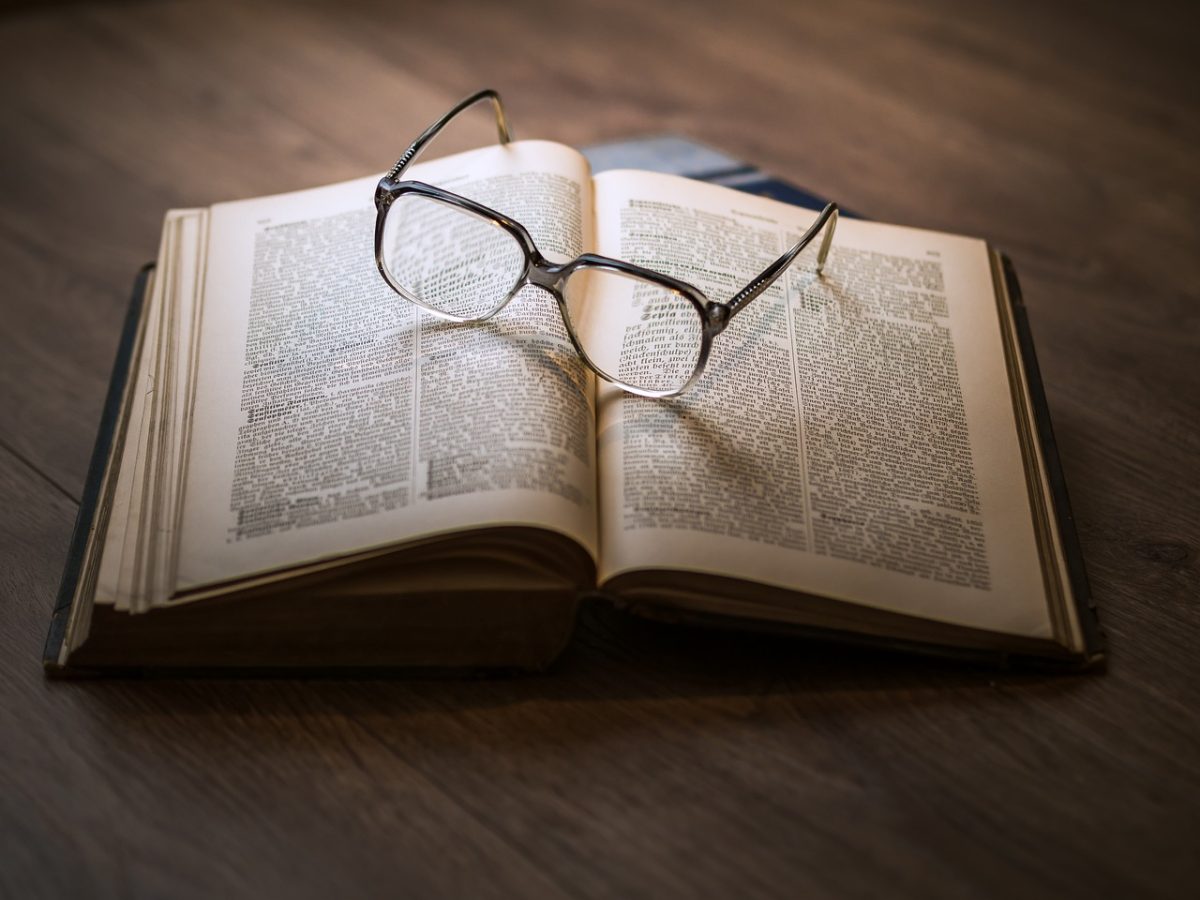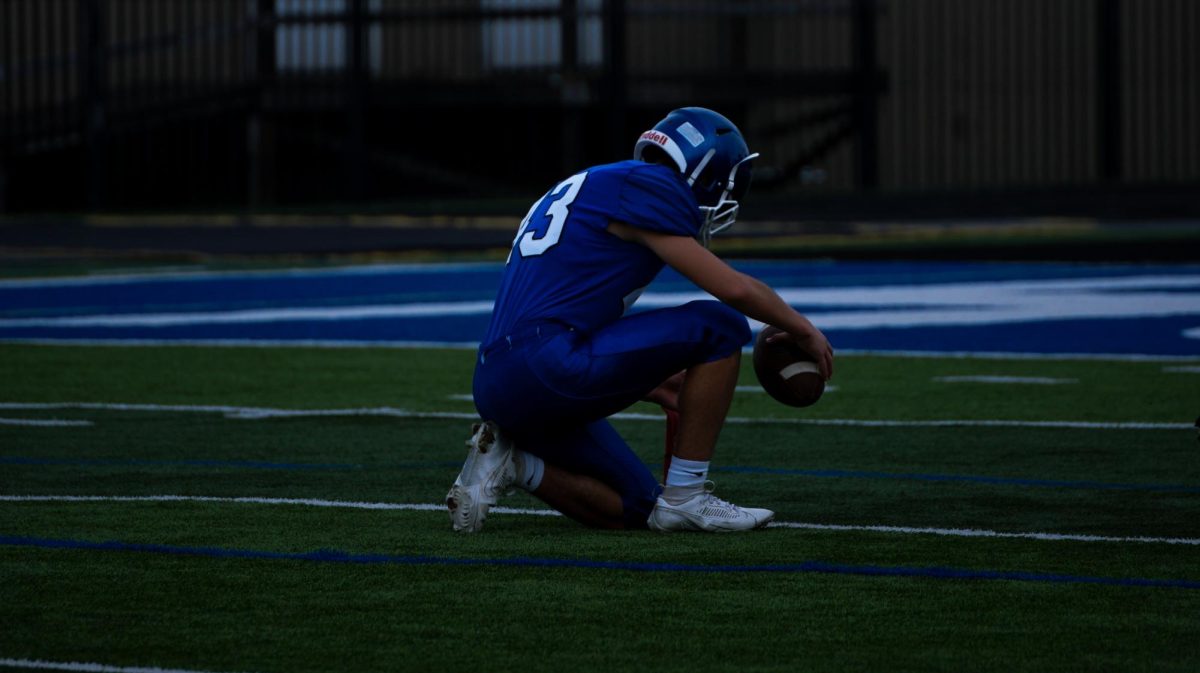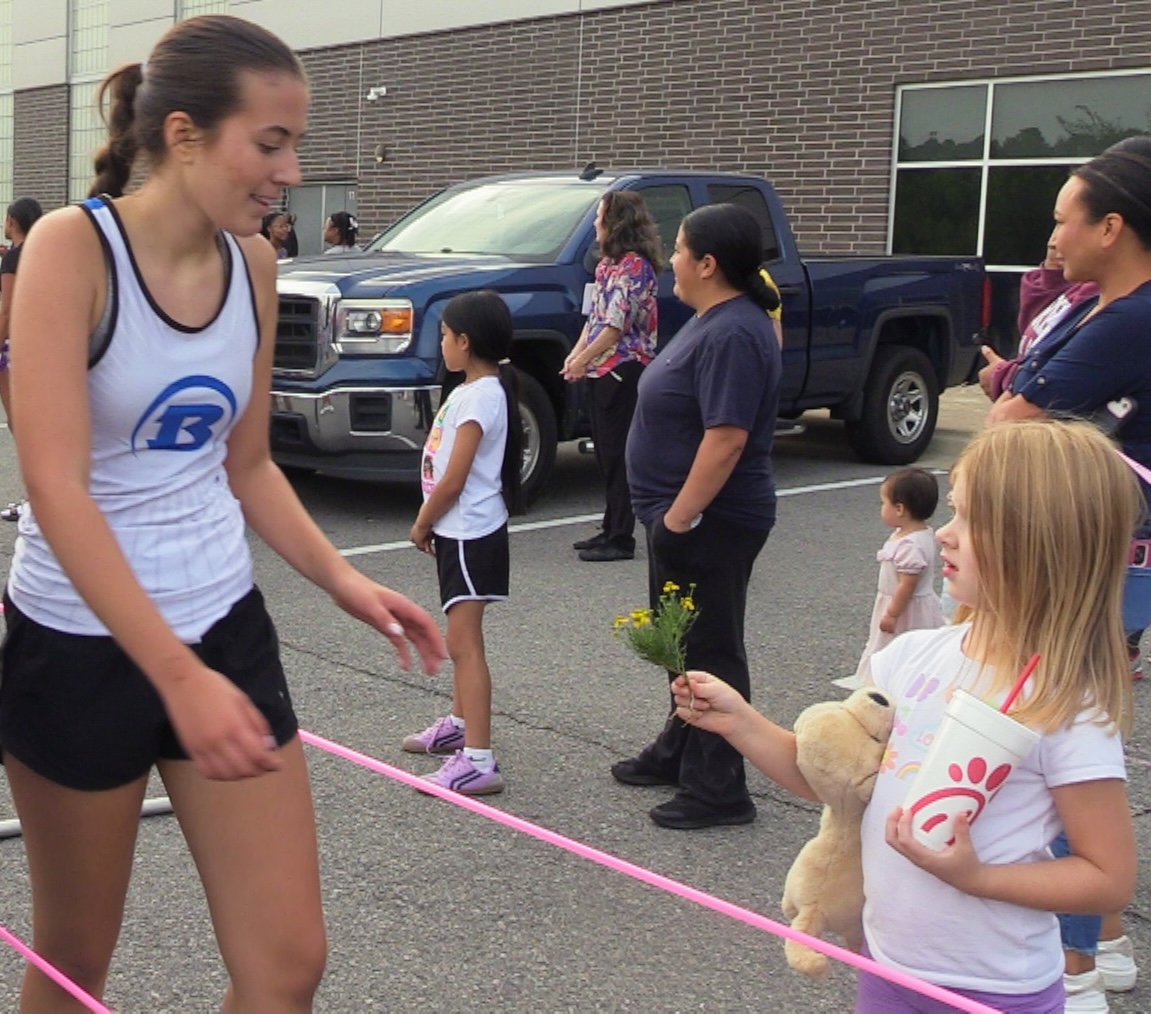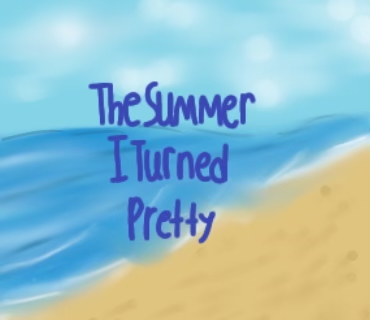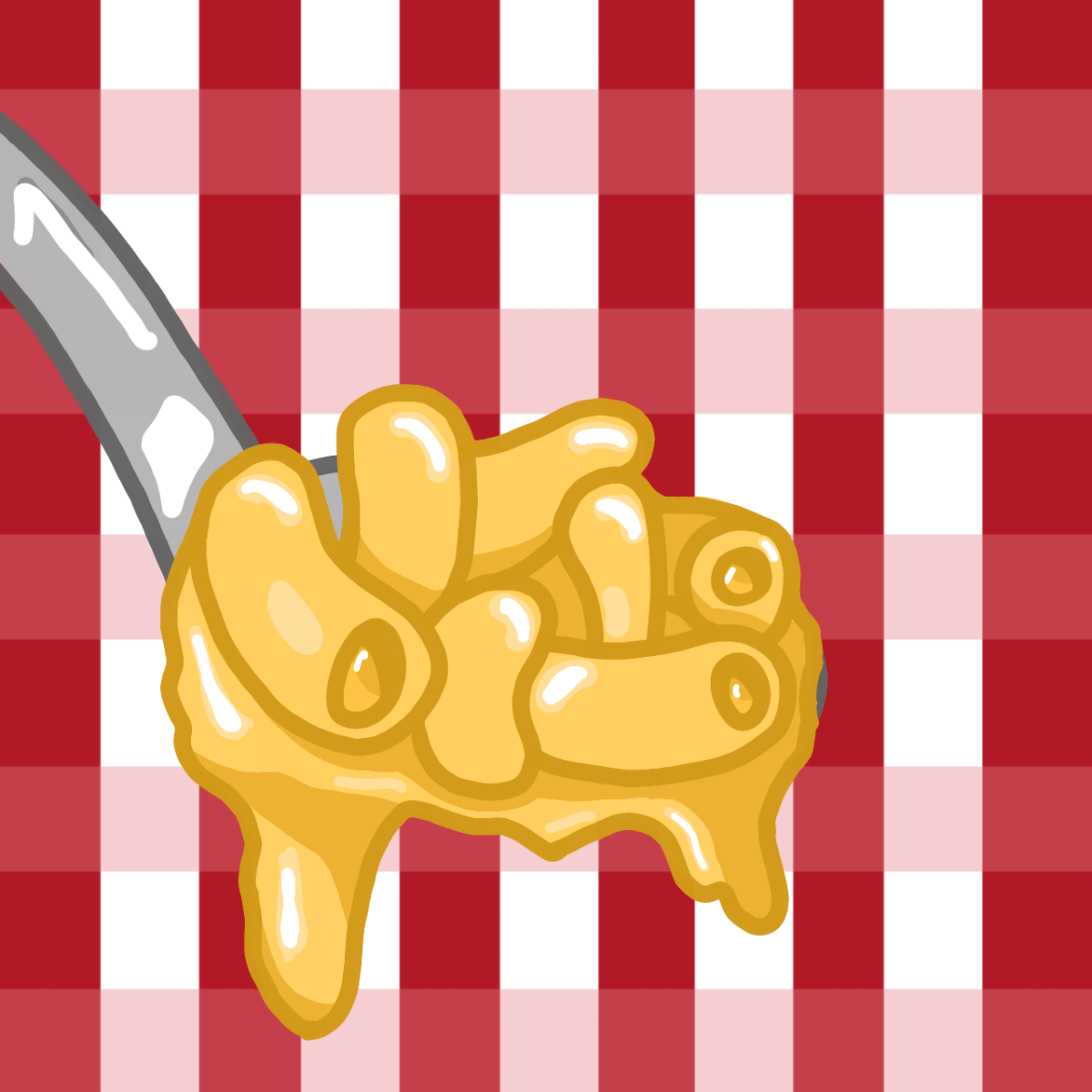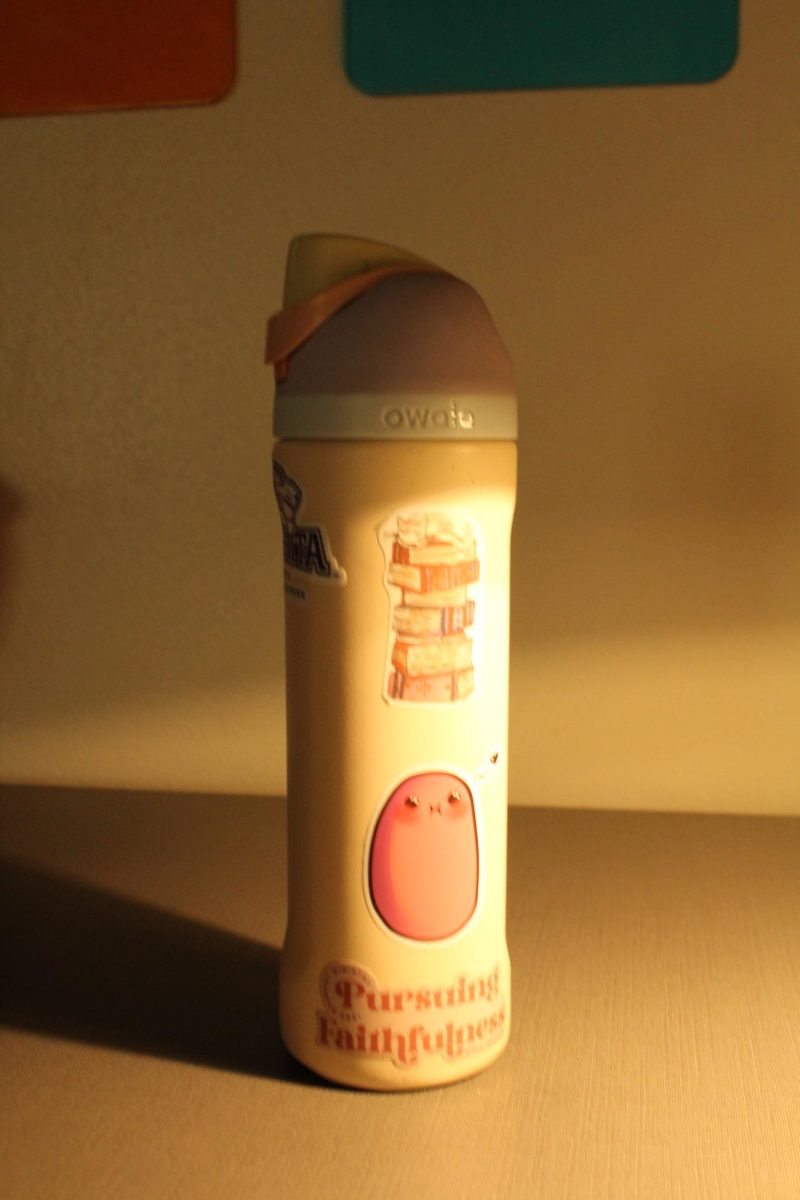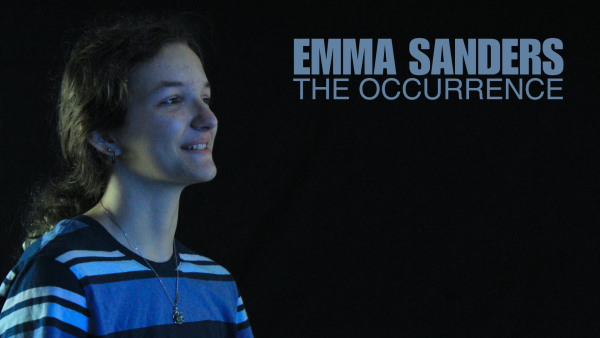It’s the spooky month, pumpkins are out, decorations are getting set up and Halloween plans are being arranged. With Halloween on its way it’s best to remember how it all started.
- Halloween was originally formed from the ancient Celtic festival of Samhain marking the end of the harvest season, and the beginning of winter which lasted 3 days. (this can be dated back over 2,500 years).
Samhain is the time said to be where the veil between the living and the dead was at its thinnest, a time to remember those who have passed and to honor the ancestors of our past. Since the veil was thin it was also said that creatures or monsters would possibly try to break through the veil so in preparation they offered food and wore costumes to scare off those monsters.
- In the seventh century, Nov 1 was established as All Saints’ Day, which was a day commemorating all the saints of the church. By the ninth century the Celtic lands were influenced by Christianity where it eventually blended into and supplemented older Celtic rites, and In 1000 A.D. Nov 2 became all souls day to honor the dead.
- In the middle ages in England and Ireland the poor would visit the wealthier people’s houses and reserve pastries called ‘soul cakes’ and in return the poor would promise to pray for the dead relatives of the wealthy house owner. This was known as ”souling,” This was later done by children and they would go around asking for gifts such as food money which is the early form of trick or treating.
- In the nineteenth century carving faces into vegetables became a practice associated with Halloween that came from Ireland and Scotland around the 1800’s. An old Irish myth is where Jack-o-lanterns originated, the myth was about a man nicknamed “stinky jack,” people would make their own versions of “Stinky jack,” carving scary faces into turnips or potatoes, which they placed into windows or next to their doors to frighten away the “stinky jack” or other evil spirits.
- It wasn’t until the mid nineteenth century until new immigrants (especially millions of Irish) helped make Halloween be celebrated nationally. These immigrants would celebrate just as they did in their homeland, by pulling pranks such as uprooting vegetables, tipping over outhouses, or even placing farmers’ wagons and livestock onto bark roofs, even by the 20th century vandalism, physical assaults, and acts of violence were not uncommon on Halloween.
- Spooky or haunted public attractions had already been present in Europe starting in the 1800’s but in 1915 a British amusement ride manufacturer created an early version of a haunted house even including dim lights, shaky floors, and demonic screams.
- Halloween has had costumes and disguises since its early days but the mid twentieth is when costumes started to look more like the ones we know today. Around this time the neighborhoods arranged activities to keep kids busy and safe, the costumes became less scary and something the kids liked such as a caricature from a radio show and lateer costumes became more affordable so more kids were able to dress up.
